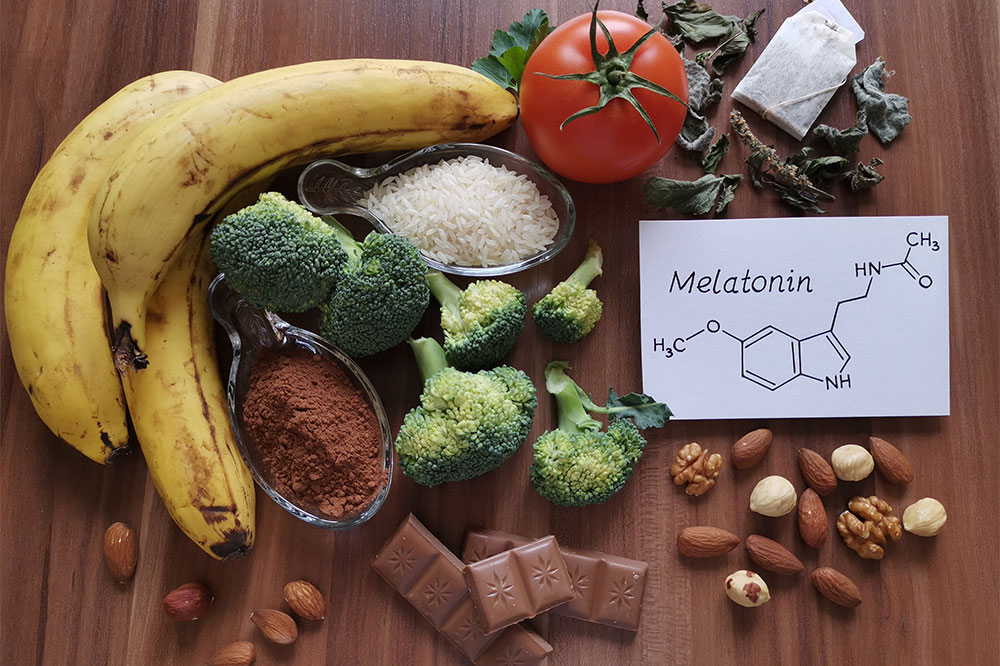Comprehensive Guide to Tardive Dyskinesia: Symptoms, Causes, and Modern Treatment Strategies
Tardive dyskinesia is a complex neurological disorder mainly caused by long-term use of certain psychiatric medications. This comprehensive guide covers its symptoms, causes, diagnosis, and current treatment options. Medications like tetrabenazine and valbenazine can effectively manage symptoms, while lifestyle changes and natural remedies offer additional support. Early detection and careful medication management are crucial for improving patient outcomes. Living with TD can be challenging, but ongoing research and personalized treatment strategies provide new hope for affected individuals.

Comprehensive Guide to Tardive Dyskinesia: Symptoms, Causes, and Modern Treatment Strategies
In the realm of neurological disorders, tardive dyskinesia (TD) stands out as a challenging condition that can severely impair a person's daily life and overall well-being. This movement disorder is primarily linked to prolonged use of certain psychiatric and antipsychotic medications. Understanding the intricacies of TD — including its symptoms, causes, and available treatment options — is essential for patients, caregivers, and healthcare professionals alike. While the condition is often persistent and may not be completely curable, advancements in medical treatments and lifestyle modifications offer hope for managing symptoms effectively.
Tardive dyskinesia manifests through involuntary, repetitive movements that primarily affect the face, tongue, lips, and sometimes the extremities. Early recognition of these symptoms plays a vital role in preventing worsening conditions and improving quality of life. The causes of TD are mainly associated with long-term use of medications such as antipsychotics, used to treat mental health conditions like schizophrenia and bipolar disorder. The pathophysiology involves complex neurochemical changes in the brain, affecting dopamine pathways and neural circuits responsible for voluntary movement control.
Diagnosing tardive dyskinesia involves comprehensive clinical assessments, including detailed medication histories and neurological examinations. Since symptoms can sometimes resemble other movement disorders, it requires expertise for accurate diagnosis. Once identified, managing TD involves a multifaceted approach. Pharmacological treatments such as tetrabenazine and valbenazine are FDA-approved medications specifically developed to reduce involuntary movements associated with TD. These medications work by modulating neurotransmitters and stabilizing neural activity. However, it's important to note that these treatments may not be suitable for everyone, and potential side effects need to be carefully managed under medical supervision.
Besides conventional medications, researchers are exploring additional options, including natural remedies and lifestyle changes. Supplements like Ashwagandha extract have shown promise in reducing stress and improving neurological health, potentially alleviating some symptoms of TD. Engaging in specific exercises, physical therapy, and mindfulness practices can further help manage the disorder, improve muscle control, and boost patient confidence.
Preventing tardive dyskinesia involves judicious use of psychiatric medications—regular monitoring, dosage adjustments, and using the lowest effective doses. Healthcare providers are encouraged to weigh the benefits and risks of long-term antipsychotic use and explore alternative therapies to minimize neural damage. Patients are advised to maintain open communication with their healthcare team, reporting early symptoms for prompt intervention.
Living with tardive dyskinesia presents unique challenges, but with ongoing research and tailored treatment plans, many patients can lead manageable lives. Support from mental health professionals, support groups, and caregiver networks plays an integral role in navigating this condition. Raising awareness about TD and advocating for improved therapies remain vital for overall patient care and quality of life improvement.





